Step into the world of recreational sports and embark on an exhilarating journey where complex strategies and friendly competition collide. This article will delve into the captivating realm of pickleball and wiffle ball – two popular games that have captivated both young and old alike. Whether you’re a seasoned player seeking to enhance your skills or a curious enthusiast eager to know the nuances that set these sports apart, this article unravels the mystery behind the mettlesome match-up: Pickleball vs. Wiffle Ball. Prepare to be immersed in a whirlwind of exhilaration, laughter, and camaraderie as it examines the key differences and similarities between these two enthralling recreational pastimes.
Difference Between Pickleball Ball and Wiffle Ball
The differences between pickleball balls and wiffle balls go beyond just the spelling and pronunciation. While both are used in outdoor games, they have distinct characteristics that make them unique.
Structure
Pickleball balls and wiffle balls may look similar at first glance, but their structures are quite different. Pickleball balls are made of durable plastic with small holes all over the surface.

These holes help reduce wind resistance and allow the ball to travel at a slower speed, making it easier for players to control. On the other hand, wiffle balls are made of lightweight plastic and have larger holes on only one half of the ball. This design creates an imbalance, causing unpredictable flight patterns and making the game more challenging.
Size
One noticeable difference between pickleball balls and wiffle balls is their size.
This size allows for better control and maneuverability during gameplay. On the other hand, wiffle balls are significantly smaller, with a diameter of only 1.75 inches, similar to the size of a golf ball.The smaller size of wiffle balls adds an extra level of difficulty for players as they try to hit and catch the ball, requiring precise hand-eye coordination and agility. Additionally, the reduced size of wiffle balls also impacts the trajectory and speed of the ball, adding another layer of strategic gameplay. Overall, the variation in size between pickleball balls and wiffle balls creates unique challenges and experiences for players in these respective sports.
Weight
When comparing pickleball balls and wiffle balls, it’s important to note that weight, along with size, is a significant difference between the two. Pickleball balls, weighing approximately 0.88 ounces, have a slightly heavier feel, providing players with increased stability and enhanced shot control. On the contrary, wiffle balls weigh only 0.18 ounces, making them incredibly lightweight and adding an extra level of challenge to hitting and predicting their flight trajectory. These nuanced differences in weight contribute to the unique gameplay experience offered by each type of ball, allowing players to adapt their strategies accordingly.
Usage
Pickleball balls and wiffle balls are used in different games, each with their own unique characteristics. Pickleball balls are specifically designed for the game of pickleball, which combines elements of tennis, badminton, and ping pong. With their slower speed and distinctive structure, pickleball balls are perfectly suited for the fast-paced and precision-based nature of the game.
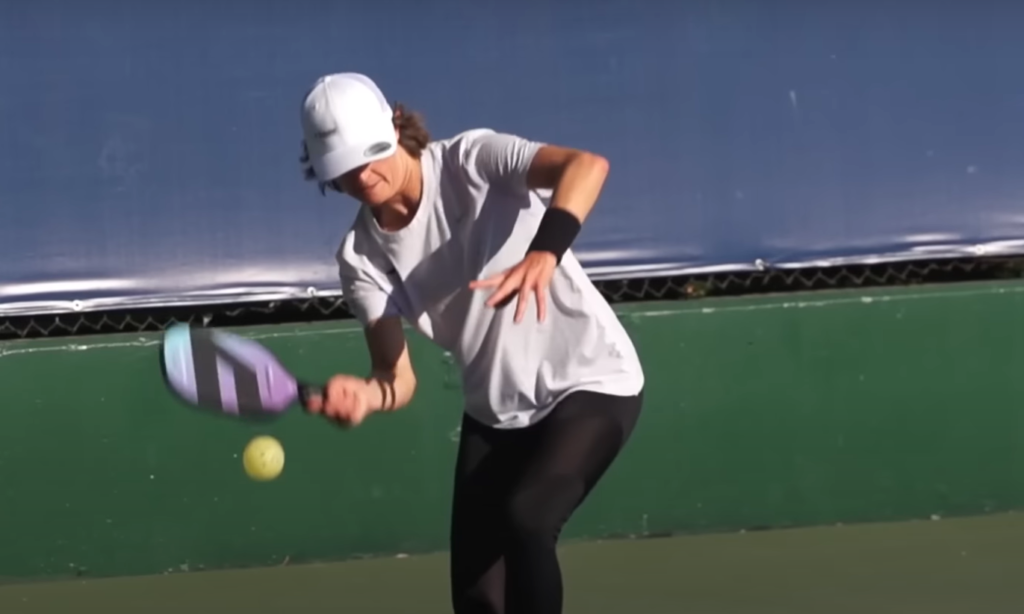
On the other hand, wiffle balls are versatile and can be used in a variety of games, such as backyard baseball and cricket. Their unpredictable flight patterns add an extra layer of excitement and challenge, making these games even more enjoyable for players of all ages. So, whether you’re looking for precision or unpredictability, both pickleball balls and wiffle balls have got you covered [1]!
Same Features Between Wiffle Ball and Pickleball
Played Indoor and Outdoor
Both wiffle ball and pickleball can be played either indoors or outdoors. However, the playing surface may vary depending on the location and preference of players. For instance, while both games are typically played on asphalt or concrete surfaces, indoor pickleball is usually played on a wooden gymnasium floor. On the other hand, wiffle ball can be played on grass, dirt, or even sand.
Balls Used in Pickleball and Wiffle ball
In both pickleball and wiffle ball, the main piece of equipment is the ball. Both games use plastic balls with holes that provide a unique flight pattern when hit. However, there are some minor differences in the size and weight of the balls used in each game.
Pickleball balls have a diameter of 2.87 inches and weigh around 0.9 ounces, while wiffle balls have a diameter of 3.5 inches and weigh approximately 0.2 ounces. This slight difference in size and weight can impact the speed, trajectory, and overall gameplay experience.
Use of Paddles/Rackets
Both pickleball and wiffle ball are fun and engaging games that involve the use of paddles or rackets to hit the ball. In pickleball, players utilize a solid paddle made of wood or composite materials, which provides a satisfying and consistent feel when striking the ball. On the other hand, wiffle ball players typically rely on a hollow plastic bat that adds an element of unpredictability to the game, as the lightweight design allows for unique ball movement and spin.

Additionally, the paddles/rackets used in each game differ in size and shape, further distinguishing the two sports. Pickleball paddles are usually larger and have a more elongated shape, offering players a larger surface area to make precise shots and strategic plays. In contrast, wiffle ball bats are smaller and rounder, requiring players to adapt their swing and technique to the bat’s unique design.
Teamwork and Strategy
Both wiffle ball and pickleball require teamwork and strategy to outscore the opposing team. In both games, players must work together to strategically place shots and communicate on the court/field.
Unlike traditional sports like basketball or soccer, where one player may dominate the game, wiffle ball and pickleball rely heavily on team dynamics and coordination. This makes the games enjoyable for players of all skill levels, as teamwork can often make up for individual weaknesses.
In terms of strategy, both games offer various shot options and playing styles for players to choose from. In pickleball, players can opt for a power game or a more finesse-based approach using drop shots and lobs. Similarly, wiffle ball players can use different bat grips and swings to achieve specific shot results, adding an exciting element of strategy to the game.
Registration for Olympic Events
In recent years, both wiffle ball and pickleball have gained popularity as recreational sports. However, their growing fanbase has also sparked interest in adding these games to the Olympic roster.
In fact, there have been efforts made by passionate players and organizations to include pickleball and wiffle ball as official Olympic events. While there is no guarantee that this will happen in the near future, it showcases the growing recognition and enthusiasm for these unique and fun sports.
Players Should Have Strength and Endurance
While wiffle ball and pickleball may seem like casual backyard games, they both require a certain level of physical strength and endurance to play competitively. In pickleball, players must have good hand-eye coordination and the ability to move quickly around the court. Similarly, in wiffle ball, players need strong arms and wrists to generate power when hitting the ball. Endurance is also important in both games, as matches can last for several hours, especially in more competitive settings.

Overall, the similarities between wiffle ball and pickleball make them both exciting and accessible sports that anyone can enjoy. Whether you prefer to play indoors or outdoors, with a paddle or a bat, these games offer endless entertainment and opportunities for camaraderie among players.
Differences of Wiffle Ball and Pickleball
In recent years, there has been a surge in the popularity of lesser-known sports such as Wiffle ball and Pickleball. While both games involve hitting a small ball with a paddle, they are actually quite different from each other. Here are some differences between Wiffle ball and Pickleball.
History
Wiffle ball was invented in 1953 by a retired Connecticut semi-pro baseball player named David N. Mullany. He wanted to create a safer version of baseball for his son and his friends to play in their backyard. The game quickly gained popularity and has since become a beloved pastime for many.
Pickleball, on the other hand, was invented in 1965 by Joel Pritchard, Bill Bell, and Barney McCallum on Bainbridge Island, Washington. It was initially created as a game for their families but then spread to other communities through word of mouth. Today, Pickleball is played worldwide and even has its own international federation.
Equipment
One of the main differences between Wiffle ball and Pickleball is the equipment used. In Wiffle ball, players use a lightweight plastic bat and a perforated plastic ball. The bat has holes in it to reduce wind resistance and make it easier to hit the ball. Pickleball, on the other hand, uses a solid paddle made of wood or composite materials and a small, perforated plastic ball similar to a Wiffle ball.
Playing Surface
One notable difference between the two sports is the playing surface. Wiffle ball, known for its versatility, can be played on various surfaces such as grass, concrete, or even in a gymnasium.
Moreover, the dimensions of the courts also differ, with pickleball featuring a smaller size compared to a wiffle ball field, further contributing to the unique dynamics and strategies of each sport.Scoring
The scoring systems for Wiffle ball and Pickleball are quite distinct. In Wiffle ball, teams typically engage in a specific number of innings or continue playing until one team establishes a considerable lead.
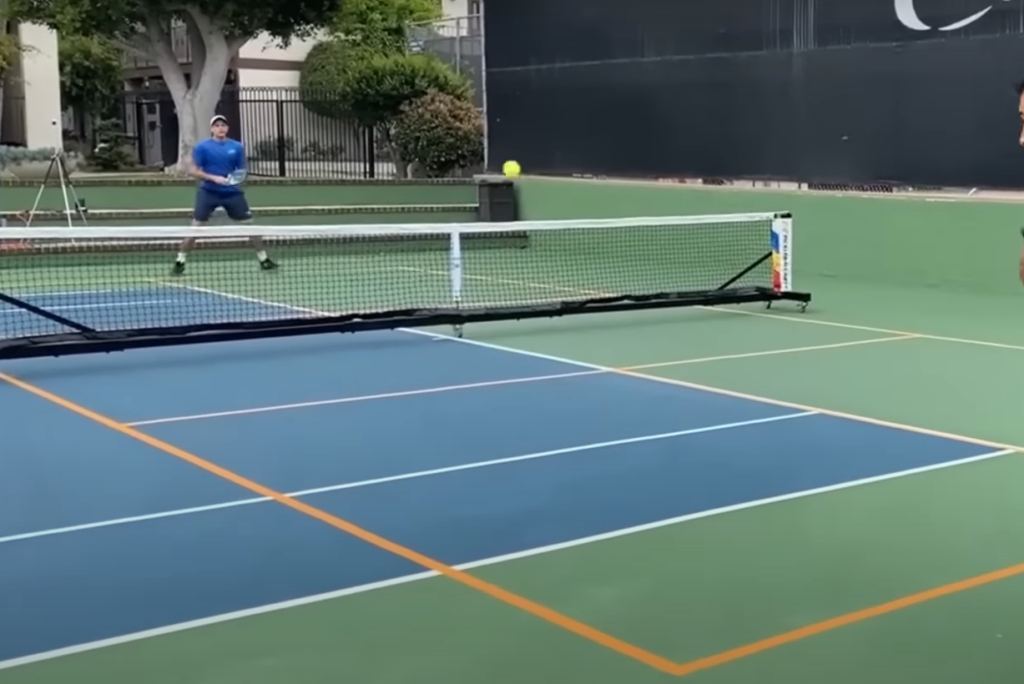
On the other hand, Pickleball follows a point-based system where the game is played to 11 points, with players accumulating points exclusively during their serves. It’s worth noting that in official tournaments, the game can be extended to a higher number of points, allowing for even more thrilling and competitive gameplay.
Gameplay
Finally, the gameplay itself is different between Wiffle ball and Pickleball. In Wiffle ball, pitching involves throwing the ball in an underhand motion while standing on a rubber mat. The batter can only hit the ball with one hand and must stand behind a designated line to prevent them from getting too close to the pitcher. In Pickleball, players serve the ball diagonally and must let it bounce before returning it. The game is typically played in doubles, with teams alternating hits until one team misses.
While both Wiffle ball and Pickleball offer fun and unique ways to stay active and enjoy time with friends and family, they have distinct differences that set them apart. Whether you prefer the slower pace and strategy of Pickleball or the fast-paced action of Wiffle ball, there is something for everyone to love in these two popular sports [2].
FAQ
Are pickle balls and wiffle balls the same?
No, pickle balls and wiffle balls are not the same. While both are small plastic balls used in outdoor games, they have distinct differences. For example, pickle balls are larger and heavier than wiffle balls, making them easier to hit and control.
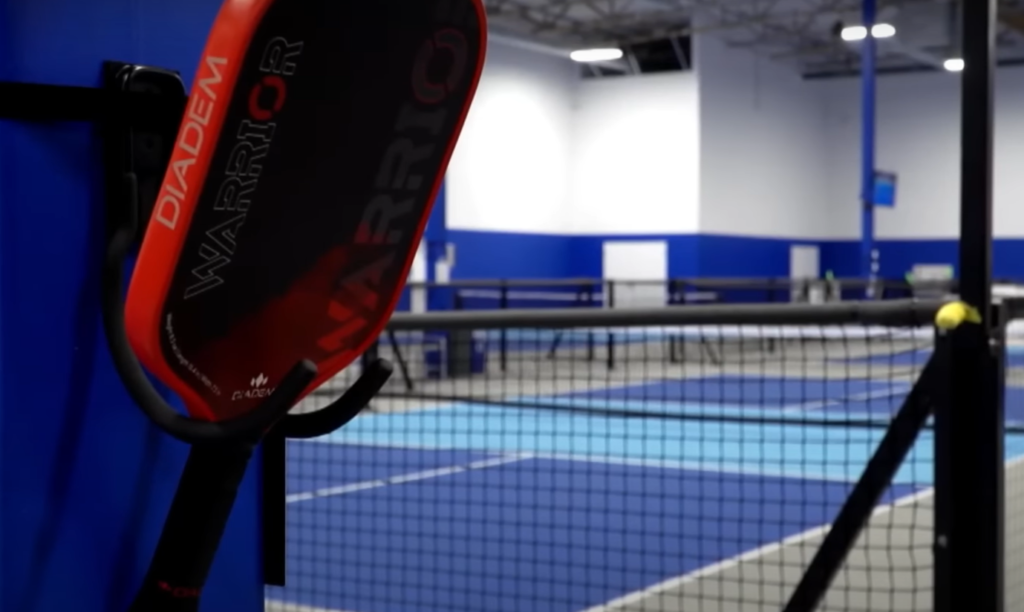
Additionally, pickle balls have holes all over the surface while wiffle balls only have holes on one side. This affects the aerodynamics of the ball and how it behaves during gameplay.
What is a pickle ball?
A pickleball is a type of plastic ball used in the game of pickleball. It is about the size of a baseball and has holes all over its surface, similar to a wiffle ball. Pickle balls are designed to have a slower flight and bounce compared to other types of balls, making them ideal for the game of pickleball.
What are the differences between a wiffle ball and a baseball ball?
There are several key differences between a wiffle ball and a baseball ball. Firstly, wiffle balls are made of plastic, while baseballs are typically made of leather or synthetic materials. This difference in material affects the weight and feel of the ball. Additionally, wiffle balls have holes all over their surface, while baseballs have a smooth surface with raised seams. This affects the aerodynamics and movement of the ball during gameplay. Another difference is the size, with wiffle balls being smaller than baseballs. These differences make wiffle balls suitable for casual outdoor games while baseballs are used in organized sports such as baseball or softball.
How do you choose balls for pickleball?
When choosing balls for pickleball, there are a few key factors to consider. Firstly, make sure to choose balls that are specifically designed for pickleball and not other sports such as tennis or baseball. Pickle balls have specific dimensions and weight requirements set by the USA Pickleball Association (USAPA).
Next, consider the playing surface you will be using.
For indoor play or on soft surfaces like grass, opt for softer balls with larger holes.Lastly, consider your skill level and playing style. If you are a beginner, go for slower and softer balls to help improve your control and accuracy. More advanced players may prefer faster and heavier balls for a more challenging game. It’s always best to try out different types of balls and see what works best for you. So, choose your pickle balls wisely and have fun playing the game!
Where can I buy pickle balls?
Pickle balls can be purchased at most sporting goods stores, both in-store and online. They can also be found at specialty pickleball retailers or through the USA Pickleball Association website. It’s always a good idea to do some research and read reviews before purchasing pickle balls to ensure you are getting a quality product that meets your specific needs. Additionally, many local community centers or pickleball clubs may also sell equipment, including pickle balls, for those interested in trying out the sport.
What are the differences between wiffle ball and Blitzball?
While both wiffle ball and Blitzball are plastic balls used in outdoor games, they have distinct differences. Wiffle balls have holes all over the surface while Blitzballs only have one hole on each side, creating a unique aerodynamic design. This allows for different types of pitches and movements during gameplay. Additionally, Blitzballs are slightly heavier and denser than wiffle balls, giving them a more realistic feel similar to a baseball. Furthermore, Blitzball games are typically played with plastic bats and have specific rules and regulations, while wiffle ball games can be played with any type of bat and have fewer rules. Overall, while both games involve hitting a plastic ball with a bat, they offer different experiences for players.
How do you play pickleball?
Pickleball is a relatively simple game to learn and play. It can be played with two or four players, using paddles and a plastic ball with holes called a pickle ball. The objective of the game is to hit the pickle ball over the net and into the opponent’s court without them being able to return it. Players can only use their paddle to hit the ball, and points are scored when the opposing team fails to return the ball. The game can be played both indoors and outdoors on a court similar to tennis, with specific lines and rules for serving and scoring. Overall, pickleball is a fun and easy-to-learn game suitable for all ages and skill levels.
Why is pickleball becoming so popular?
Pickleball has been steadily gaining popularity in recent years, especially among older adults and retirees. This is due to several factors, including the low-impact nature of the game, making it easier on joints and muscles compared to other sports like tennis or racquetball. Additionally, pickleball can be played both indoors and outdoors, allowing for year-round play in different climates. It also offers a social aspect, as it can be played with friends and family of all ages and skill levels. Furthermore, pickleball is relatively easy to learn and has a shorter learning curve compared to other sports.
Are there different types of pickle balls?
Yes, there are different types of pickle balls available on the market. While all pickle balls must meet the size and weight requirements set by the USAPA, they can differ in terms of material, design, and bounce. Some popular variations include indoor vs. outdoor balls, beginner vs. advanced level balls, and fast vs. slow flight balls. It’s important to consider your playing surface, skill level, and personal preferences when choosing the right pickleball for you. Trying out different types can also help determine which one is best suited for your game. So, don’t be afraid to experiment with different pickle balls and find the perfect fit for your playing style.
Is pickleball suitable for all ages?
Yes, pickleball is a game that can be enjoyed by people of all ages and skill levels. Its low-impact nature makes it a popular choice among older adults and retirees looking to stay active without putting too much strain on their bodies. However, it is also a great option for children and young adults as it offers a fun and social way to stay physically active. Pickleball can also be easily adapted to accommodate players with disabilities, making it an inclusive sport for all. Overall, pickleball is a game that can be enjoyed by people of any age and background, making it a great option for families and communities to play together.
What other equipment do I need for pickleball?
In addition to pickle balls and paddles, there are a few other pieces of equipment that can enhance your pickleball experience. These include shoes specifically designed for court sports, such as tennis or volleyball shoes, which provide better traction and support for quick movements on the court. Wearing comfortable athletic clothing is also recommended for easy movement during gameplay. Additionally, some players may choose to wear gloves or wristbands for added grip and sweat absorption. However, these are not necessary for playing pickleball and are personal preferences. Overall, the most essential equipment needed for pickleball is a paddle and pickle balls, making it an accessible sport for all.
Useful Video: MLB Player Gets FOLDED In Wiffle Ball
Conclusion Paragraph
So, comparing Pickleballs and Wiffle Balls, it is clear that they have some similarities and differences. While both are used in different games, they share the same purpose of providing entertainment to players of all ages. Both Pickleballs and Wiffle Balls offer a unique playing experience and are suitable for various environments such as indoor and outdoor settings.
However, it is important to note that each ball has its own distinct characteristics that make them suitable for different types of games. Pickleballs are designed for slower-paced games, while Wiffle Balls are meant for faster and more intense play. In addition, the materials used to make Pickleballs and Wiffle Balls also differ, with Pickleballs being made of plastic and Wiffle Balls being made of lightweight plastic with holes.
References:
- https://www.prescottpickleball.com/pickleball-vs-wiffle-ball/
- https://pickleballfeature.com/pickleball-vs-wiffle-ball/





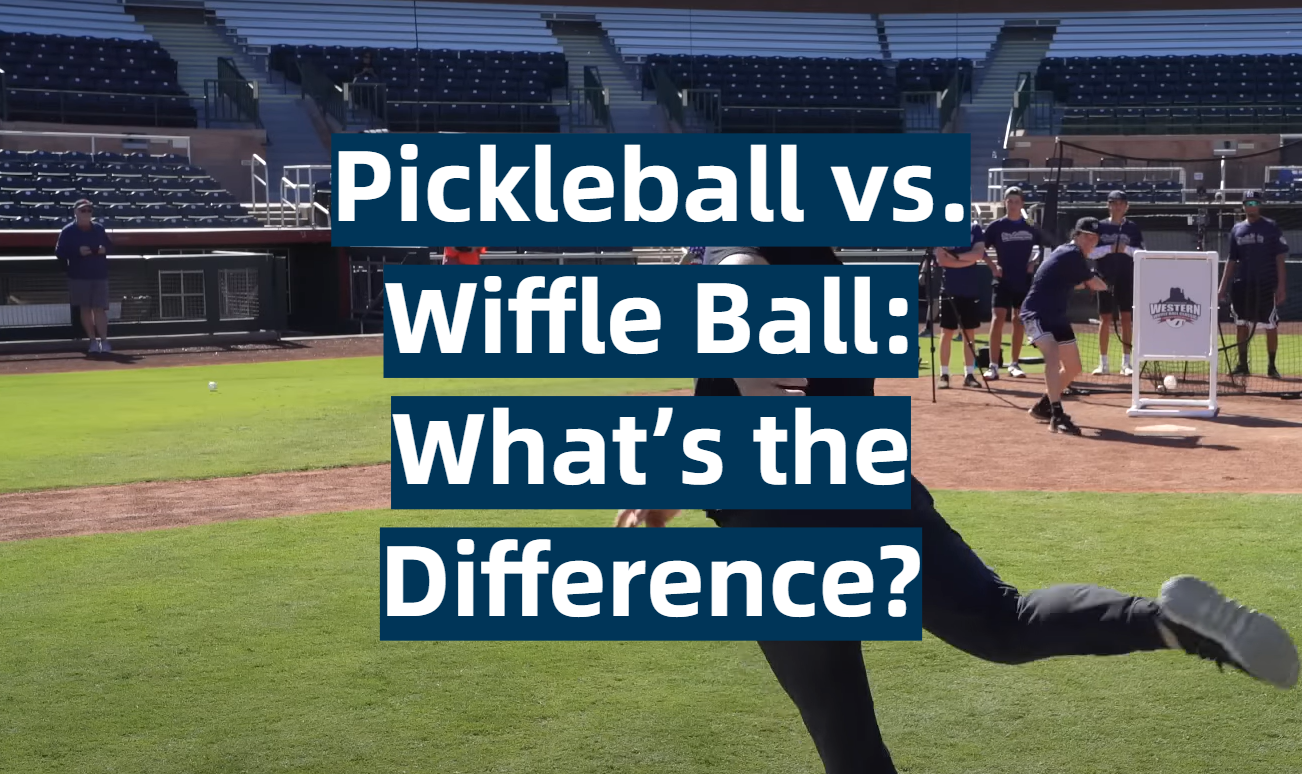
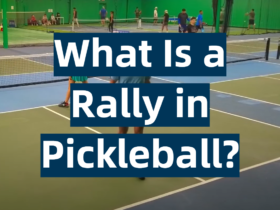
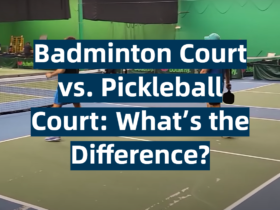
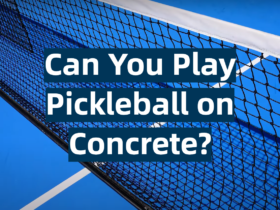
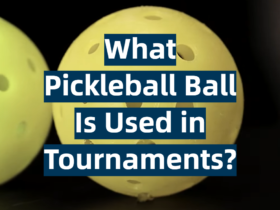
Leave a Review